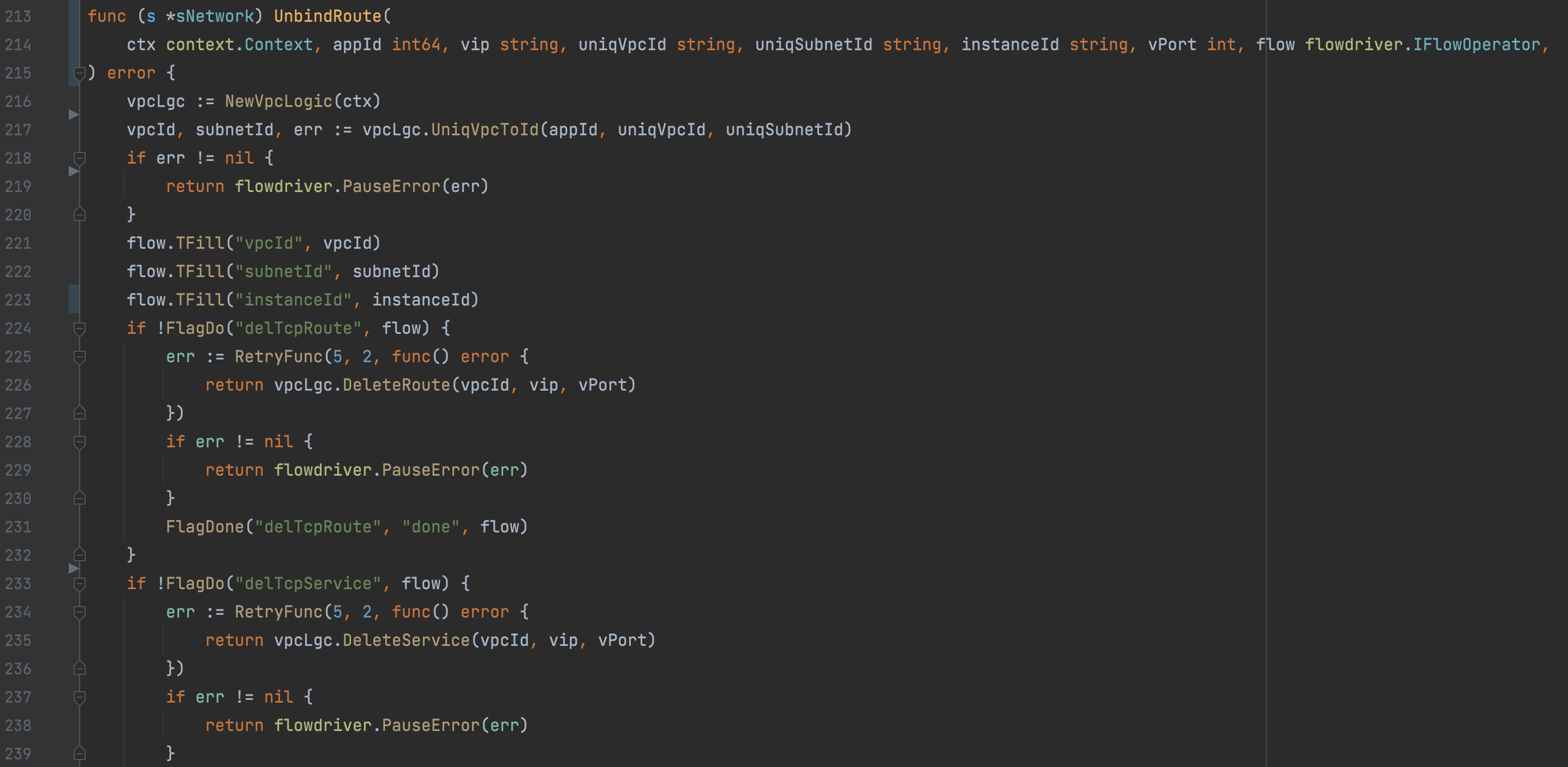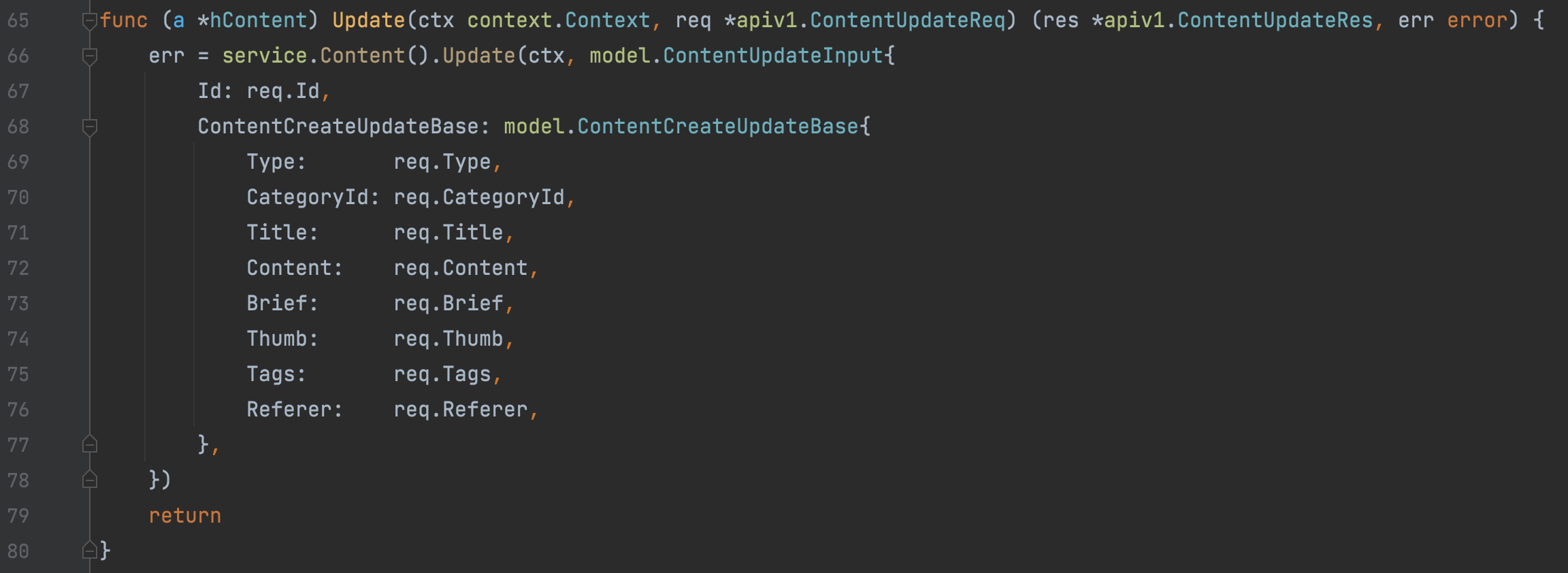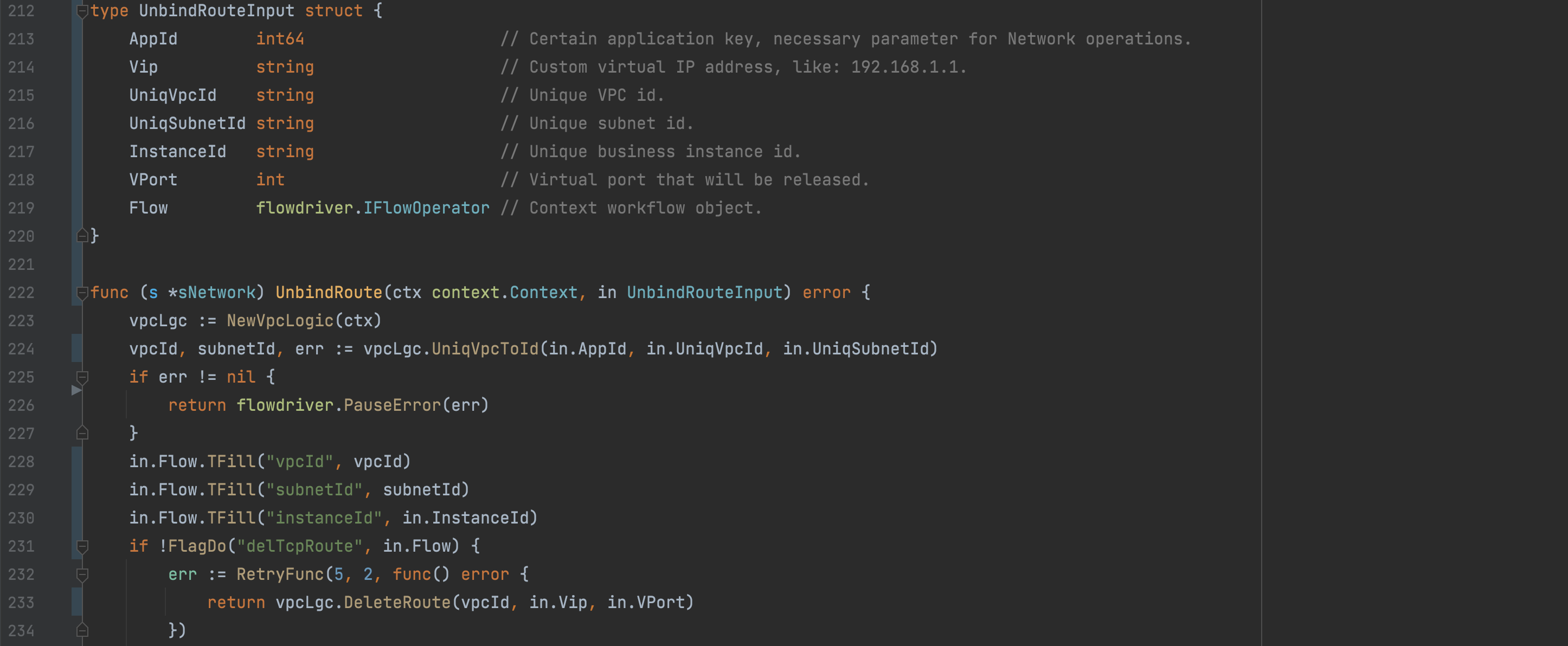I. Introduction
Structured programming can be simply understood as passing and returning parameters by defining structs.
We recommend using structured definitions to manage input/output when necessary, especially in the code design of the controller and service layers.
1. Pain Points of Unstructured controller

- It is difficult to determine the data structure of interface input/output. Most scenarios involve hard-coded parameter reception names in the code, prone to errors leading to unforeseen issues.
- Interface parameters often only define an
HttpRequest/HttpContextobject pointer, making it difficult to determine if the interface succeeded or failed. - The processes of parameter reception, validation, and conversion are tedious.
- Generating and maintaining interface documentation is extremely challenging.
2. Pain Points of Unstructured service

- When there are many method parameters, the definition is awkward, and usage is cumbersome.
- When the number and type of method parameters are uncertain, any arbitrary change (like adding a parameter) is non-compatible, leading to high modification costs.
- Method parameter annotations are inconvenient, resulting in most business projects lacking method parameter annotations.
II. Structured Programming
1. Structured Improvements for controller
Advantages of Structuring:
- By structurally managing interface input/output parameters, hard-coding parameter names for reception is no longer needed, reducing maintenance costs and avoiding errors due to hard-coded parameter names.
- Enables automated parameter reception, conversion, and validation, thereby improving productivity.
- Standardizes interface writing.
- Makes interface management as convenient as ordinary function management, allowing error handling by returning
errorand standardizing the unified error mechanism. - Automates interface documentation generation, ensuring synchronized maintenance of interface structure definitions and documentation.
Example of Structuring:
Structure Definition:

Method Usage:

2. Structured Improvements for service
Advantages of Structuring:
- When there are many method parameters, structs elegantly manage these parameters.
- When the number and type of method parameters are uncertain, adding parameters is compatible with method invocation.
- Provides more convenient annotations for struct properties, enhancing code maintenance quality.
Example of Structuring:

III. Precautions
- When using structured management for input/output parameters in the
servicelayer methods, any parameter within the struct will be considered optional. It's necessary to reasonably assess feasibility based on business scenarios.